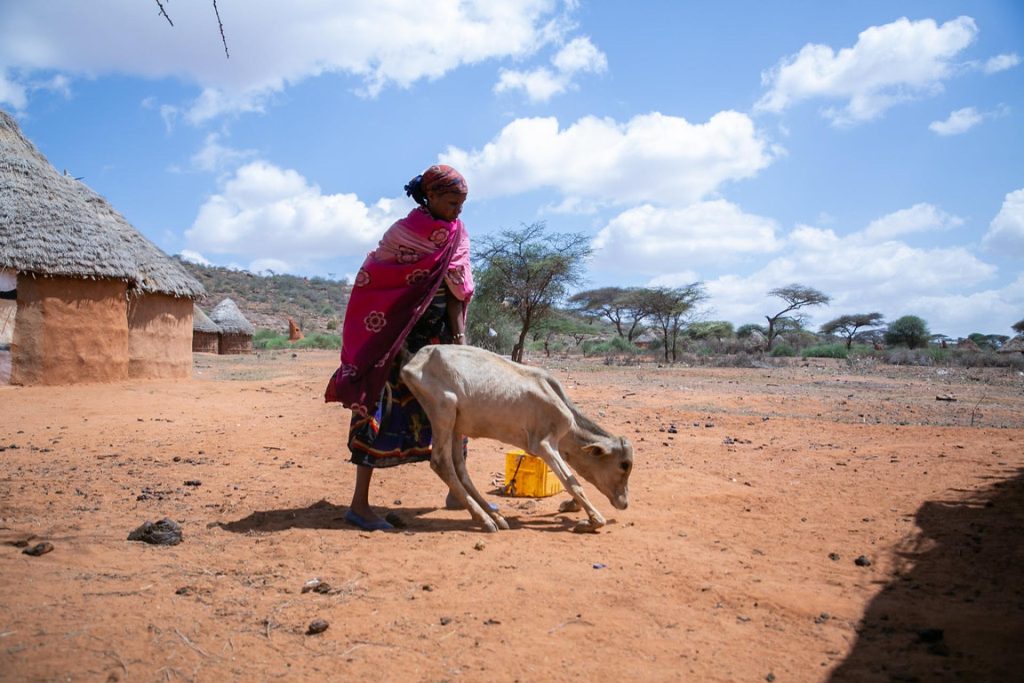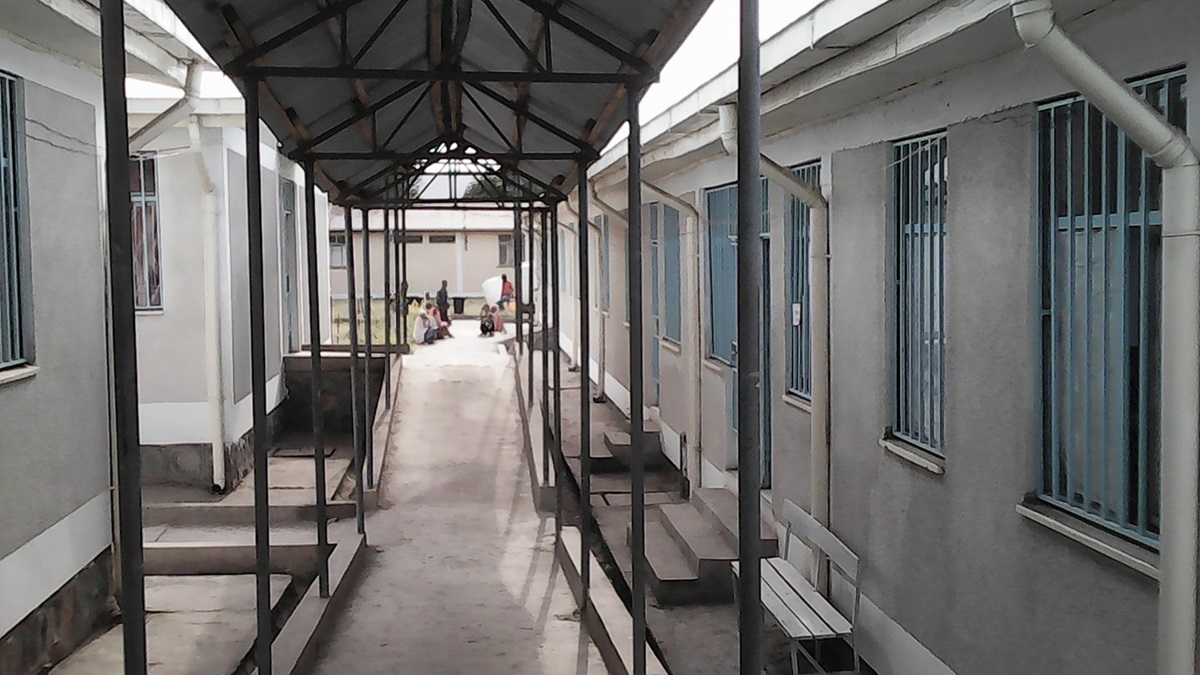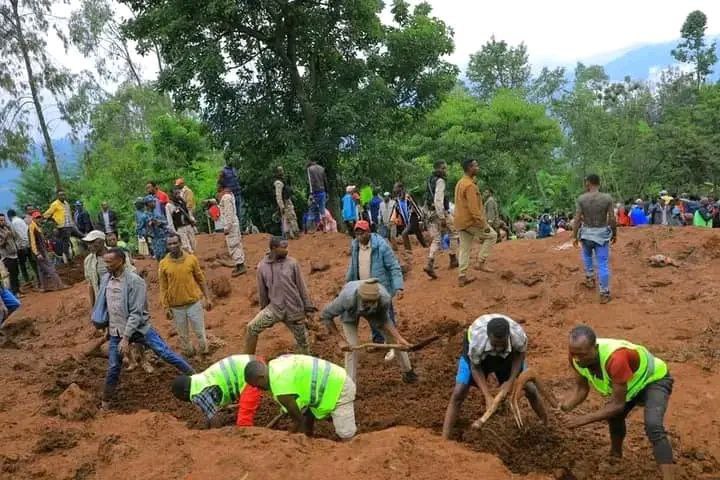Analysis: “We have given up on our cattle, we are now striving to save our lives”: Borana drought victim

By Getahun Legesse @Birmaduu2
Addis Abeba – The Borana zone of Oromia region in Southern Ethiopia is one of the places harshly hit by the worst drought in 40 years in East Africa. More than 800,000 residents of the zone are in need of immediate food assistance, according officials.
The prolonged absence of rain for five consecutive seasons has affected the lives of residents especially the farmers who were entirely dependent on rain-fed agriculture as they have lost thousands of livestock and crop.
Residents confirmed to Addis Standard that the shortage of food and water have claimed the lives of people. “We have given up on our cattle. We are now striving to save our lives,” Bekalu Abera, a resident of Arero district of Borena zone told Addis Standard.
“Some people are migrating to towns from rural villages. However, the helpless elderly and the weak are dying at their home.”
Bekalu Abera
He said this crisis is one of the toughest time in the history of Borana adding that it has placed immense impact on the life of the residents.
“Some people are migrating to towns from rural villages. However, the helpless elderly and the weak are dying at their home. A good number of people are spending days and nights without food. You can detect by looking at their weak physical appearance. The crises could claim lives of hundred thousands if it lingers on,” Bekalu said.
Dinka Dadi a communications officer of the Arero district also told Addis Standard that people are struggling to get something to eat and they have increasingly become prone to acute starvation.
“The people are unable to secure daily meal. They have lost means of securing it. People are starving to death, and are in need of life saving assistance,” Dinka said.
Some aid agencies are providing lifesaving assistance, but the humanitarian crises surpasses the amount of supply being provided according to Dinka. The crisis cannot be addressed by these organizations, according to the local official.
“Apart from lack of food there is series shortage of water. The people are using waters from ponds and rivers exposing themselves to water-borne diseases. Some have contracted epidemics such as diarrhoea,” Dinka said, adding that, “even almost all of these ponds and lakes are currently drying, and the people have nothing to drink”.
The aged and the children are dying of hunger as their body is less adaptive, according to Dinka.
Administrator of Borena zone Jarso Boru told Addis Standard that out of the total 1.7 million population, drought has threatened more than 800,000 residents.
The absence of rainfall for five consecutive seasons has wiped out thousands of cattle, destroyed farms and exasperated dire humanitarian crisis in the region, the administrator said, adding that, all the 13 districts in the zone have been affected by drought.
Water-borne diseases such as cholera, diarrhoea and measles have been reported in the affected areas according to Jarso.
In addition to attempts by public servants and business people who made financial contribution to support lifesaving campaign, Jarso said the government and some aid agencies are venturing to avert the crises, but the supply mismatches the demand as the crisis is enormous and the drought continued to persist.
UN’s Office for Coordination of Humanitarian Affairs (OCHA) said between June and December of 2022, South-Eastern part of Ethiopia, including Somali, Oromia, and the Southern Nations and Nationalities People’s region (SNNPR), experienced one of the worst droughts recorded in the Horn of Africa, impacting 12 million people.
In a 18 January report OCHA said the drought impact is expected to further worsen after January 2023 across the drought affected zones as they enter the dry season, adding that, “severe water shortage reported” have been reported in ten drought affected districts in Oromia region.
The prevalence of severe acute malnutrition in the region has increased by more than 30 percent in the first week of January compared to November last year according to OCHA’s report.
The Oromia Busa and Gonofa, regional commission in charge of humanitarian response was unavailable to reply to Addis Standard’s request for information on the drought crisis in Borena zone. AS








